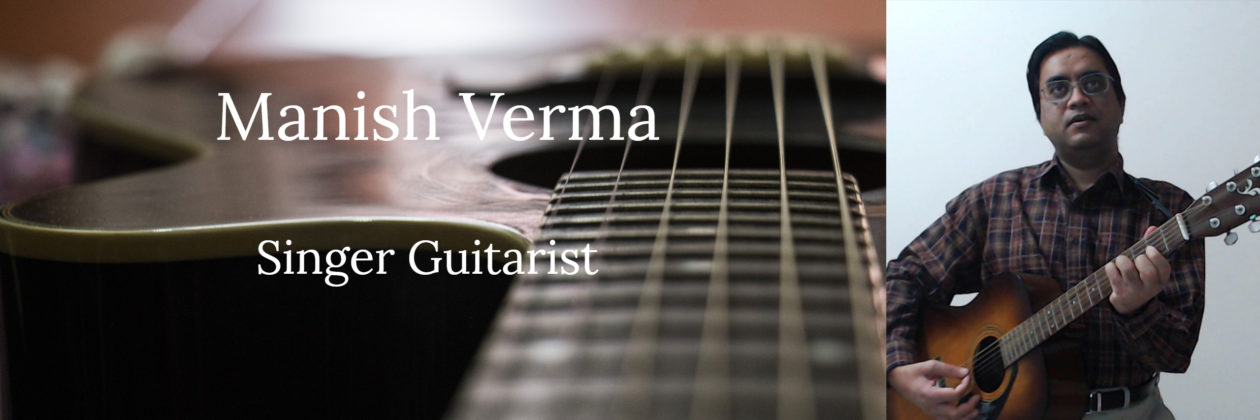In its simplest form, a compressor is an audio processor that reduces the dynamic range of an audio signal. The dynamic range refers to the difference between the loudest and quietest parts of a sound signal. By using a combination of threshold, ratio, attack, release, and makeup gain controls, compressors modify the level of an audio signal, ensuring a more consistent output.
Compression Parameters
- Threshold: The threshold determines the level at which compression begins. When the audio signal exceeds the set threshold, the compressor kicks in and reduces the volume.
- Ratio: The ratio determines the amount of gain reduction applied to the audio signal above the threshold. For example, a 4:1 ratio means that for every 4dB the input signal goes over the threshold, the output will only increase by 1dB.
- Attack: The attack parameter determines how quickly the compressor responds once the threshold is crossed. A fast attack time helps control sudden peaks, while a slower attack time allows transients to pass through, preserving the natural dynamics.
- Release: The release parameter controls how long it takes for the compressor to stop compressing after the audio signal falls below the threshold. A shorter release time can result in a more transparent sound, while a longer release time can create a pumping effect.
- Makeup Gain: As compression reduces the overall level of the audio signal, makeup gain is used to boost the compressed signal back to an appropriate level.
Common Applications of Compressors
- Leveling and Balance: Compressors are often used to even out the volume discrepancies in a recording or live performance. By reducing the level of louder passages and boosting softer parts, compressors help achieve a more balanced and controlled sound.
- Enhancing Transients: Compressors can also be employed to emphasize or soften the attack of certain instruments or vocals. By adjusting the attack and release settings, engineers can shape the envelope of a sound and make it stand out or sit in the mix as desired.
- Limiting and Protection: In live sound scenarios, compressors are commonly used as limiters to prevent audio signals from exceeding safe levels, protecting both the audience’s ears and the sound system itself from potential damage.
- Creative Sound Design: Compressors are not limited to corrective or transparent processing. They can be used creatively to add character, colour, and movement to audio signals. Techniques like parallel compression, sidechain compression, and “pumping” effects are popular applications of compressors in sound design.
So, compressors offer control over the dynamics of audio signals. Understanding the different parameters and their effects on the sound is key to using compressors effectively.

